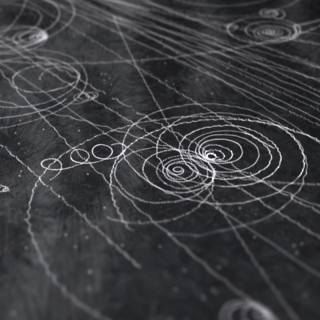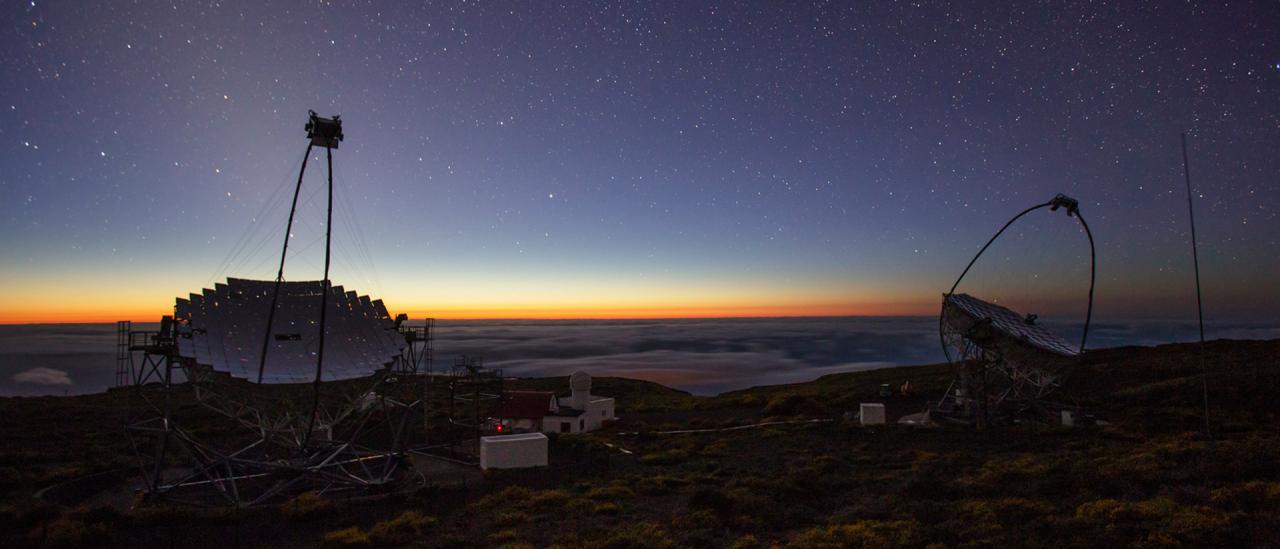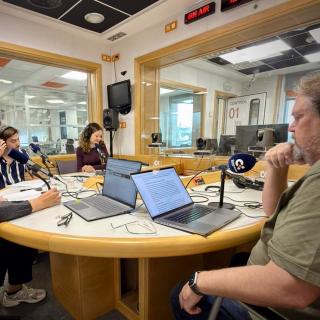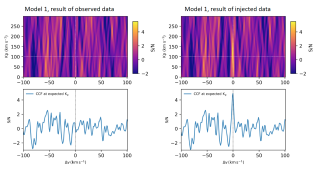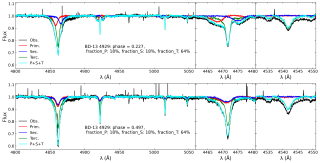The detection of a gamma ray burst by the MAGIC telescopes at the Roque de los Muchachos Observatory allows us to study whether the speed of light in a vacuum is a constant in nature. The results, published in the journal Physical Review Letters, indicate that there are no significant differences in the arrival times of photons of different energies, which sets constraints on some quantum theories of gravity.
Einstein's theory of Relativity postulates that the speed of light in a vacuum is a constant independent of the energy of photons (light particles). In a study published in the journal Physical Review Letters, an international team of researchers has attempted to test this postulate using observations of a gamma-ray burst detected in January 2019 by the two MAGIC telescopes at the Roque de los Muchachos Observatory (Garafía, La Palma).
The attempt makes sense: Einstein's theory describes gravity as a result of the interaction of mass with space-time and its predictions have been verified in numerous experiments. Despite this, physicists suspect that there is a more fundamental theory still unknown. Some of the quantum theories of gravity that have been proposed include the possibility that the speed of light might be energy dependent. This hypothetical phenomenon is called the Lorentz invariance violation (LIV). It is believed that, if it exists, this difference in speed would be too tiny to be measured, unless they are accumulated over a very long time or, equivalently, after travelling long distances.
The most violent explosions in the universe
GRBs are brief bursts of very high-energy photons (or gamma rays) emitted by distant cosmic explosions. The photons produced by GRBs travel for billions of years before reaching Earth, which could make the effect of hypothetical differences in their speed measurable. Furthermore, quantum gravity theories predict that this difference would be greater the higher the energy of the photons. It is therefore expected that very high-energy gamma ray telescopes, such as MAGIC, will be especially competitive in the search for LIV effects.
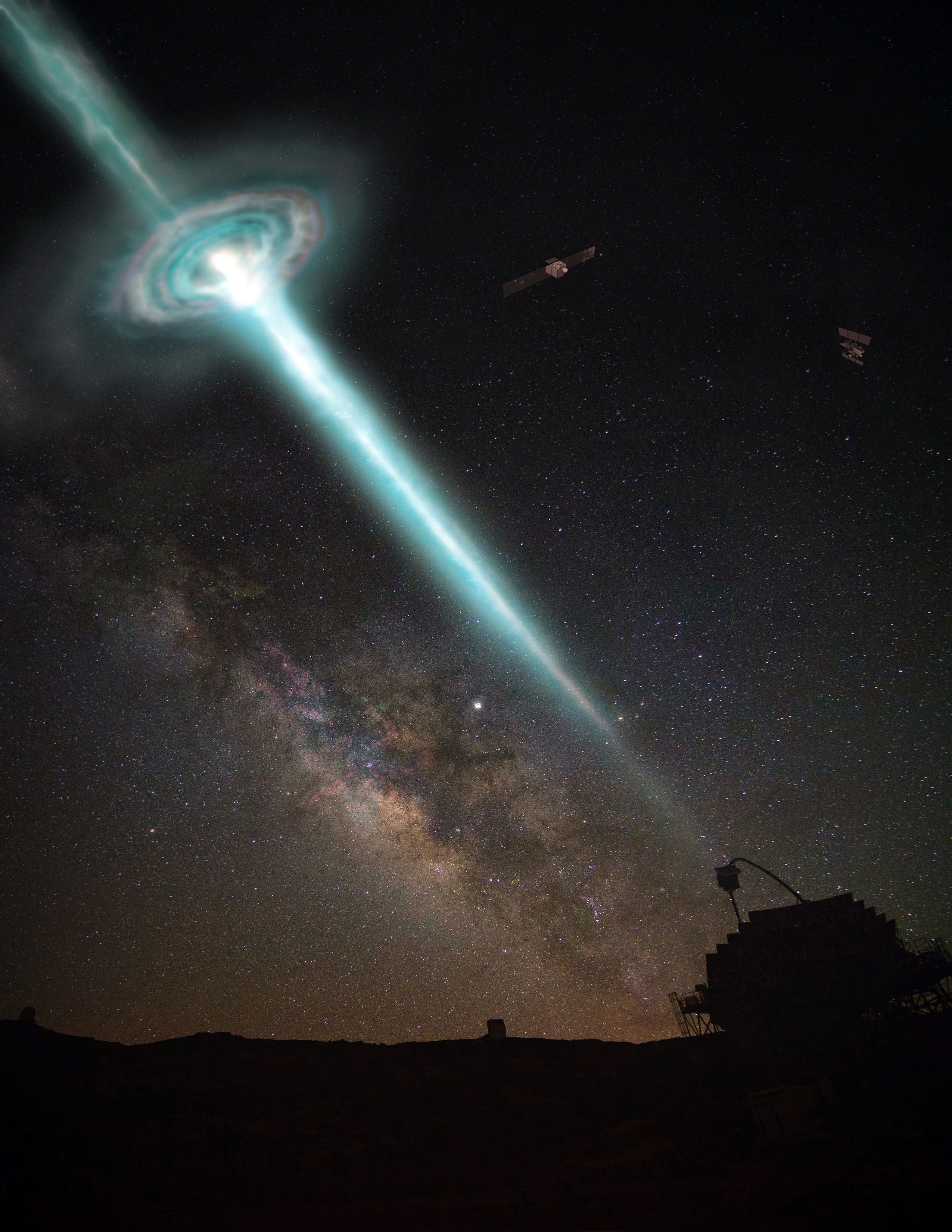
On January 14, 2019, after receiving an alert from the Swift satellite's GRB detector, MAGIC culminated a search that has lasted more than 15 years, with the first detection of an GRB in the very high energy gamma band (or TeV energy range). The so-called GRB190114C could be detected because MAGIC started its observation only 50 seconds after it happened.
Scientists used this observation to date to look for quantum gravity effects. As Daniel Kerszberg, postdoctoral scientist at IFAE in Barcelona and one of the main authors of the study, explains: "To know whether the gamma rays that were simultaneously emitted by the GRB travel at different speeds, we would have to be able to compare their arrival times". In this study, the researchers used theoretical models to describe the temporal evolution of the emission in the interval between the beginning of the BGR and the MAGIC observations. To look for LIV signals in our data, we used two different ways to model their temporal evolution," adds Kerszberg, "and we wanted to make sure we didn't make any mistakes in getting conclusions from this exceptional signal, the first from a GRB in the very high energy gamma band.
Limits to quantum theories of gravity
A careful analysis then revealed no energy-dependent time delay in arrival times of gamma rays, setting strong constraints on some theories of quantum gravity. Javier Rico, IFAE researcher in Barcelona, and coordinator of Analysis and Publications of the MAGIC Collaboration, comments: "GRB190114C occurred when the Earth was still forming, 4500 million years ago. Since then, the gamma rays it emitted have been travelling around the Universe until, a little more than a year ago, we detected hundreds of them with the MAGIC telescopes". He adds: "By analyzing them we were able to determine that the time taken by the different photons in the journey differed by a maximum of about one minute, which is not a significant enough time difference to conclude that there is a clear LIV signal".
“The limits to quantum gravity that have been obtained in this work are competitive with those already existing to date, and are the first to be obtained by observing the emission of greater energy that is produced in a GRB", explains Alicia López Oramas, researcher at the Instituto de Astrofísica de Canarias (IAC) of the MAGIC Collaboration. For Marc Ribó, Associate Professor of Physics at the University of Barcelona and Adjunct Coordinator of the MAGIC Collaboration, the detection and detailed study of the GRB190114 "inaugurates a new phase in the search for LIV effects in observations of cosmic gamma-ray sources".
With this seminal study, the MAGIC team thus set a foothold for future research in the search for measurable effects of the quantum nature of space-time. Oscar Blanch, IFAE researcher and spokesperson of the MAGIC Collaboration concluded: "We are confident that future detections of GRBs in the TeV energy range will include early emission, prior to monotonous decay, which is expected to be rich in temporal structure, increasing our sensitivity to LIV effects significantly".
The Spanish community has participated in MAGIC since its inception. Currently, the Centro de Investigaciones Energéticas, Medioambientales y Tecnológicas (CIEMAT), the Instituto de Astrofísica de Canarias (IAC), the Institut de Física d'Altes Energies (IFAE), the Universidad Autónoma de Barcelona (UAB), the Instituto de Ciencias del Cosmos de la Universidad de Barcelona (UB) and the Universidad Complutense de Madrid (UCM) are members of MAGIC. The IEEC participates in this project through researchers from the ICCUB and CERES-UAB units. In addition, MAGIC's data centre is the Port d'Informació Científica (PIC), a collaboration between IFAE and CIEMAT.
Artícles:
Acciari, V.A., Ansoldi, S., Antonelli, L.A. et al. "Bounds on Lorentz invariance violation from MAGIC observation of GRB 190114C". Physical Review Letters, 125, 2020https://doi.org/10.1103/PhysRevLett.125.021301
Acciari, V.A., Ansoldi, S., Antonelli, L.A. et al. “Teraelectronvolt emission from the γ-ray burst GRB 190114C”. Nature 575, 455–458 (2019). https://doi.org/10.1038/s41586-019-1750-x
Acciari, V.A., Ansoldi, S., Antonelli, L.A. et al. Observation of inverse Compton emission from a long γ-ray burst. Nature 575, 459–463 (2019). https://doi.org/10.1038/s41586-019-1754-6
Contact at the IAC:
Alicia López Oramas, researcher at the IAC: alicia.lopez [at] iac.es (alicia[dot]lopez[at]iac[dot]es)
Other Contacts:
Oscar Blanch Bigas (IFAE), spokesperson of the MAGIC Collaboration: blanch [at] ifae.es (blanch[at]ifae[dot]es)
Sebastián Grinschpun, IFAE communication and outreach : sgrinschpun [at] ifae.es (sgrinschpun[at]ifae[dot]es)
